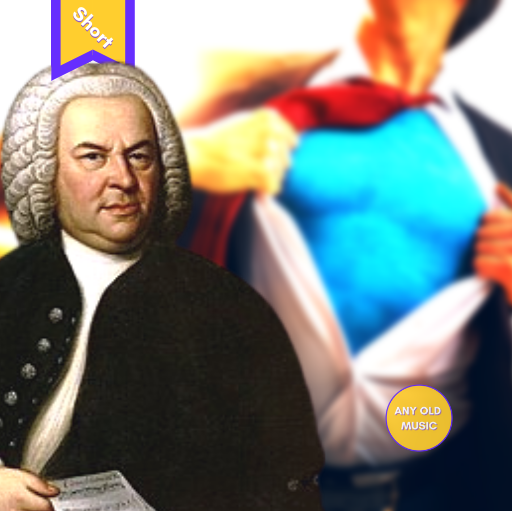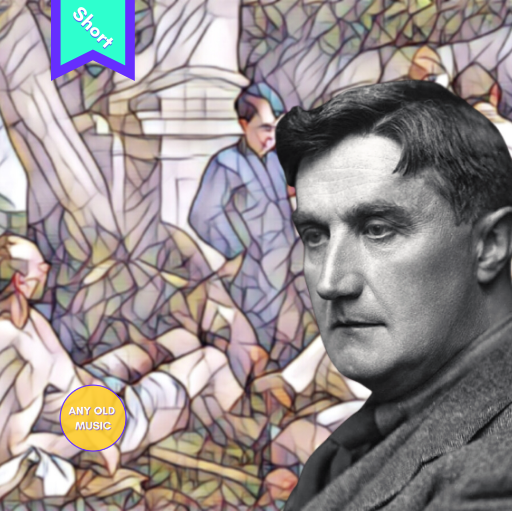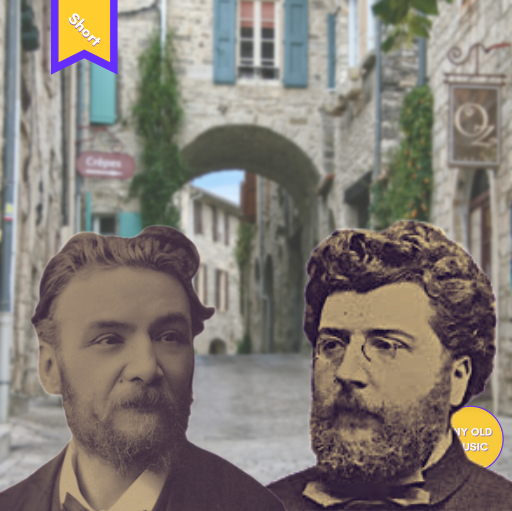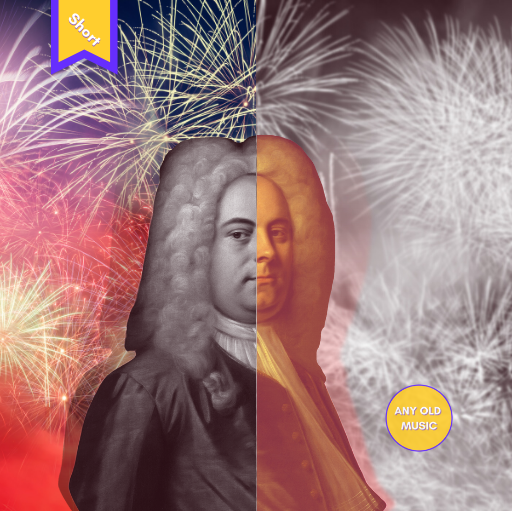Nocturne from Scénes de la Fôret – Mélanie Bonis
https://www.youtube.com/watch?v=3RYl4GcKe5Y&ab_channel=AnyOldMusic Today, I thought we’d take a look at a piece that captured my eye, because it was recently uploaded by Cmaj7 as a score video, to YouTube, and score, to IMSLP. The piece is the opening Nocturne movement from Scènes de la Fôret (Forest Scenes) by French composer, Mélanie Bonis. A composer with a […]
Nocturne from Scénes de la Fôret – Mélanie Bonis Read More »










